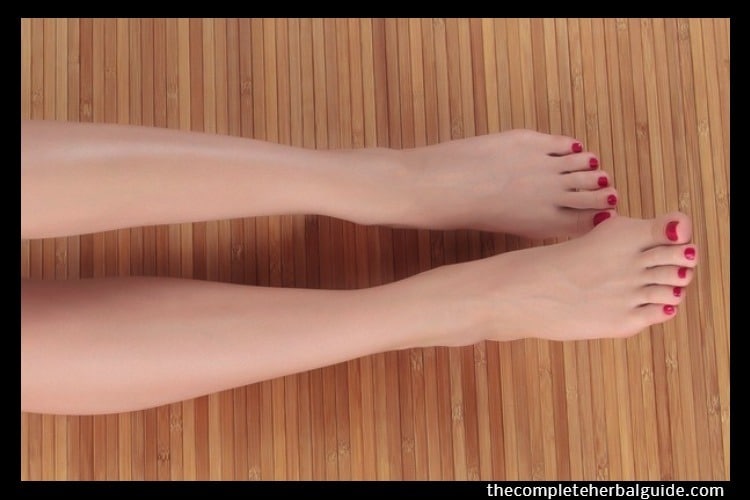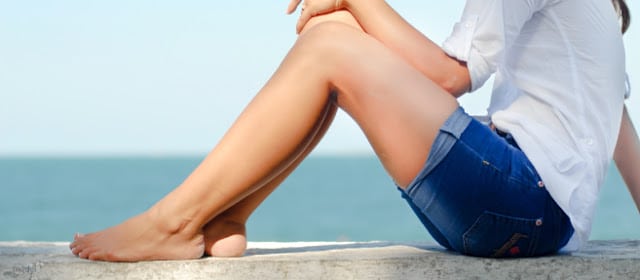
3 Natural Remedies for Varicose Veins
Varicose veins are twisted, enlarged veins near the surface of the skin. They most commonly develop in the legs and ankles.
Table of Contents
Symptoms
You may not have symptoms with varicose veins. Most people identify varicose veins by the appearance of twisted, swollen, bluish veins just beneath the skin.
If you have symptoms of varicose veins, they tend to be mild and may include:
- A dull ache, burning, or heaviness in the legs. These symptoms may be more noticeable late in the day or after you have been sitting or standing for a long time.
- Mild swelling, usually involving the feet and ankles only
- Itching skin over the varicose vein
More severe symptoms or complications include:
- A buildup of fluid and swelling in the leg
- Significant swelling and calf pain after sitting or standing for a long time
- Skin color changes (stasis pigmentation) around the ankles and lower legs
- Dry, stretched, swollen, itching, or scaling skin
- Superficial thrombophlebitis (when a blood clot and inflammation develop in a small vein near the surface of the skin)
- Open sores (ulcerations).
- Bleeding and/or bruising after a minor injury.
Symptoms of varicose veins may become more severe a few days before and during a woman’s menstrual period.
Causes
Varicose veins develop when you have faulty valves in your veins and weakened vein walls. Normally, the one-way valves in these veins keep the blood flowing efficiently against gravity up toward the heart. When these valves do not function properly, blood pools, pressure builds up, and the veins become weakened, enlarged, and twisted. This is called venous insufficiency.
Some people may be more likely than others to develop varicose veins because of inherited characteristics (genetics) and the aging process. Varicose veins may also result from conditions that increase pressure on the leg veins, such as being overweight or pregnant or having an occupation that requires standing for long periods.
Treatment
Marigold
The herb marigold is valuable in varicose veins. A compress of this herb should be applied externally in the treatment of this disease. The flowers of this plant can also be applied externally over varicose ulcers with beneficial results, as they are an excellent remedy for inflamed or ulcerated conditions of the skin.
Vegetable Juices
Raw vegetable juices, especially carrot juice in combination with spinach juice, have proved beneficial in the treatment of this disease. The formula proportions considered helpful in this combination are 300 ml of carrot juice and 200 ml of spinach juice.
Nutrients
Certain nutrients, especially vitamins E and C have been found effective in the treatment of this disease. The patient should take vitamin C in therapeutic doses up to 3,000 mg and vitamin E in therapeutic doses from 600 to 1,200 mg daily. This will relieve him of pain and leg cramps associated with varicose veins.






